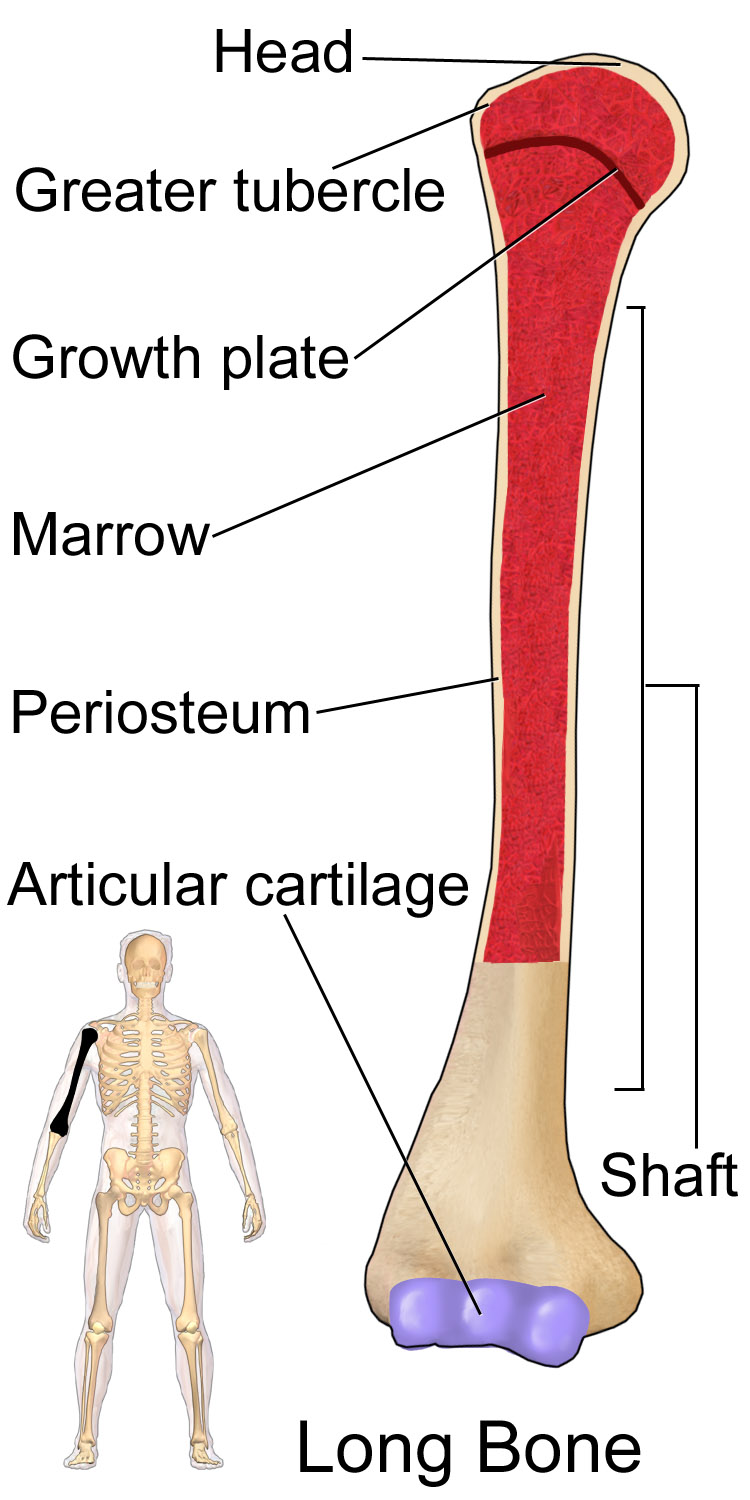
Write the differences between the bones and cartilages
Answer
570k+ views
Hint:Bones and cartilages are important to the human body that provide structure to the human. These are special types of connective tissues, where bones are hard and the cartilages are soft or resilient in nature. Cartilages help to prevent rubbing of the bones when movement.
Complete answer:

Note: A newborn baby has the bones of around 300. But the matured adult has only 206 bones, this is because as the baby grows to the adult, the bones fuse together to form the larger bones and get reduced in number.
Complete answer:
| Cartilages | Bones |
| Cartilages are flexible and elastic in nature. | Bones are rigid, very hard and strong in nature due to the presence of the minerals like calcium, phosphate etc. |
| Cartilages are the tissues that are present at the end of the bone and they do not possess bone marrow. | Bones are the connective tissues with the presence of bone marrow. |
| There are three types of cartilages. They are fibrocartilage, elastic cartilage, and hyaline cartilage. | Bones are classified into two types as compact bones and spongy bones. |
| Cells of the cartilages are called chondrocytes. | Bone cells are referred to as osteocytes. |
| They do not have blood supply due to the absence of the bone marrow except perichondrium. | They actively take up the blood supply for their growth. |
| Cartilages grow in only one direction. | Bones grow in bidirectional either grow in both directions. |
| Cartilages are mainly responsible for the easy movement of the bones. | Main functions of the bones include that they store minerals in them, they provide structural support to the body and act as the shield and protector to the internal organs in the body. |
| Examples: Tissue in the external ear, larynx, respiratory tract etc. | Examples: Wrist and ankle bones etc. |

Note: A newborn baby has the bones of around 300. But the matured adult has only 206 bones, this is because as the baby grows to the adult, the bones fuse together to form the larger bones and get reduced in number.
Recently Updated Pages
Master Class 12 Social Science: Engaging Questions & Answers for Success

Master Class 12 Physics: Engaging Questions & Answers for Success

Master Class 12 Maths: Engaging Questions & Answers for Success

Master Class 12 Economics: Engaging Questions & Answers for Success

Master Class 12 Chemistry: Engaging Questions & Answers for Success

Master Class 12 Business Studies: Engaging Questions & Answers for Success

Trending doubts
What are the major means of transport Explain each class 12 social science CBSE

Which are the Top 10 Largest Countries of the World?

Draw a labelled sketch of the human eye class 12 physics CBSE

How much time does it take to bleed after eating p class 12 biology CBSE

Explain sex determination in humans with line diag class 12 biology CBSE

Explain sex determination in humans with the help of class 12 biology CBSE




